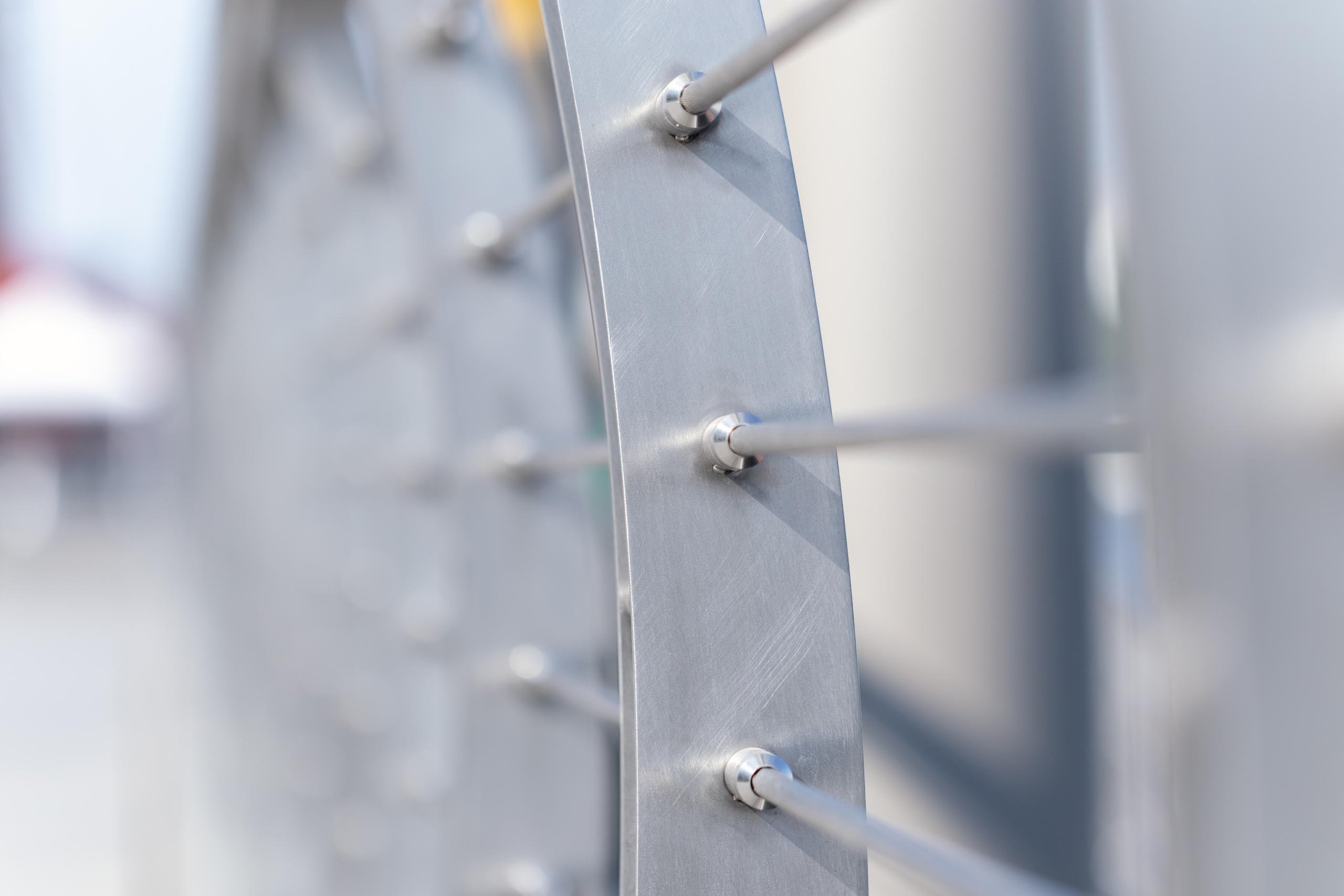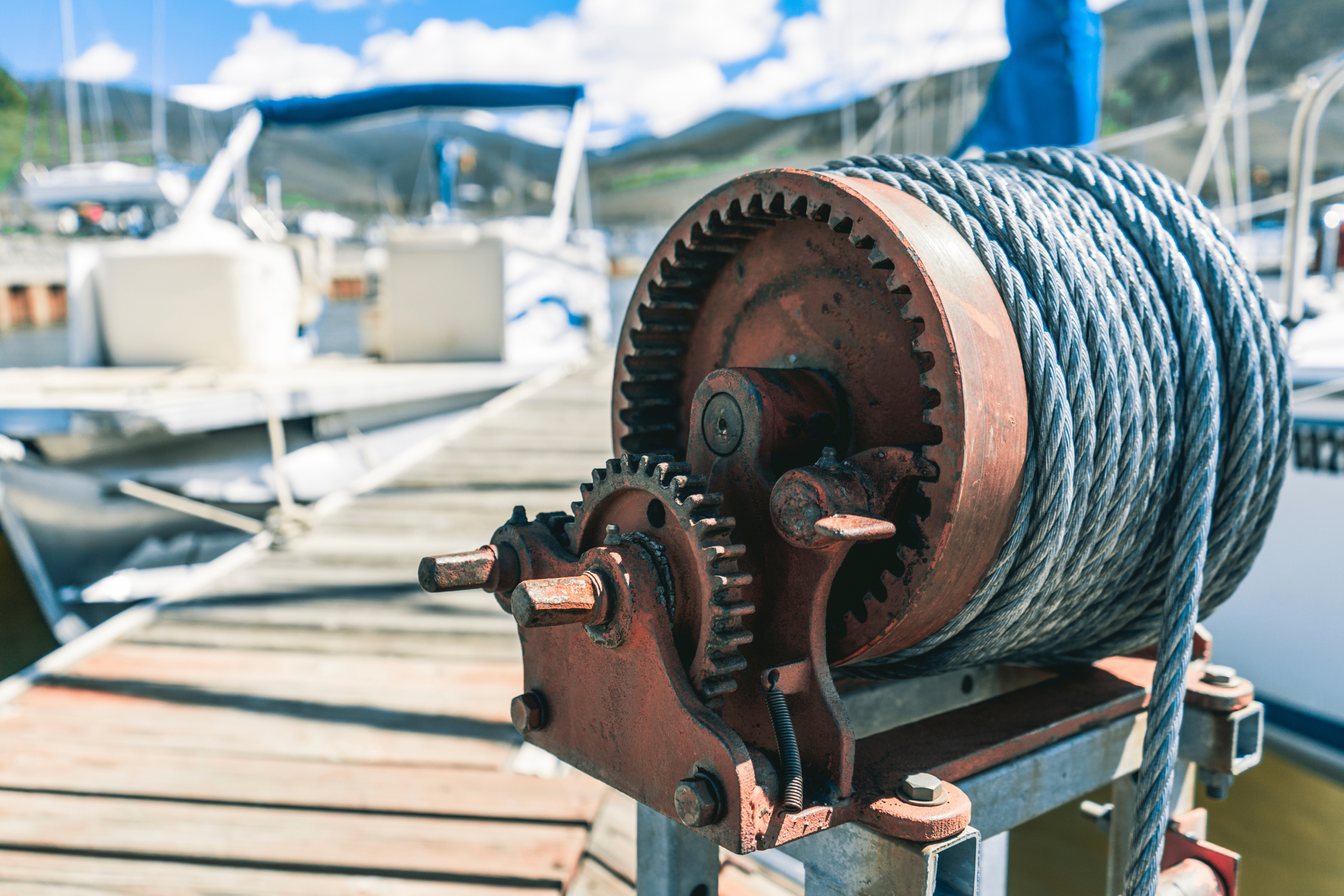WIRE ROPE
Norseman Gibb offers stainless-steel wire rope which has been tested to ensure safety and quality.
All of our stainless-steel wire rope is manufactured from 316 material. This provides high tensile steel wire, with maximum corrosion resistance. All wire rope is constructed with king wires providing support for the outer wires. Not only the material has been optimized to achieve maximum strength and minimum stretch, but also the arrangement of lay lengths has been adjusted to emhance these characteristics.
The dimensions and tensile grades of our stainless-steel wire correspond to the standard EN 1.4401 (AISI316), which is the European norm for stainless-steel wire.


1×19 Stainless-steel cable
1×19 cables are mostly used for balustrading, suspension and other tension members. This is because it has a higher rigidity, higher breaking strength and lower stretch than the 7×7 and the 7×19. It has a smooth and shiny look, due to its 19 individual wires.

7×7 Stainless-steel cable
A 7×7 cable has a lower breaking strength than the 1×19 and is much more flexible due to the 7 strands of 7 small wires. It is often used for handrails and safety harness guide wires.

7×19 Stainless-steel cable
The 7×19 wire rope has the highest flexibility and stretch. Due to its lower breaking strength, it is not commonly used in balustrades or as canopy ties. It is rather used for running load applications and is ideal for winch cables, because of its high flexibility. This wire is ideal for forming loops. The wire can easily be bend without damaging it.

Compact strands
The compact strands are available in 1×7, 1×19, 1×25 and 1×31. They are made up of the same amount of wires as the regular steel wires, but are compressed so that there is more material compacted into the cross section. This leads to a higher breaking strength, less flexibility and less stretch. It is often used for roof truss ties and similar applications where minimum stretch is required.